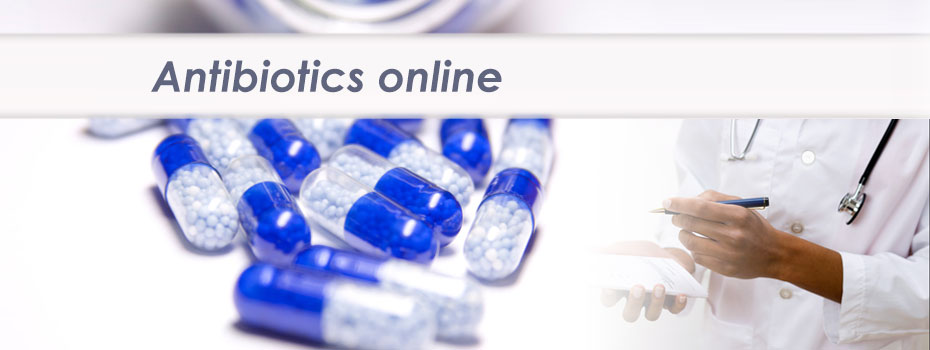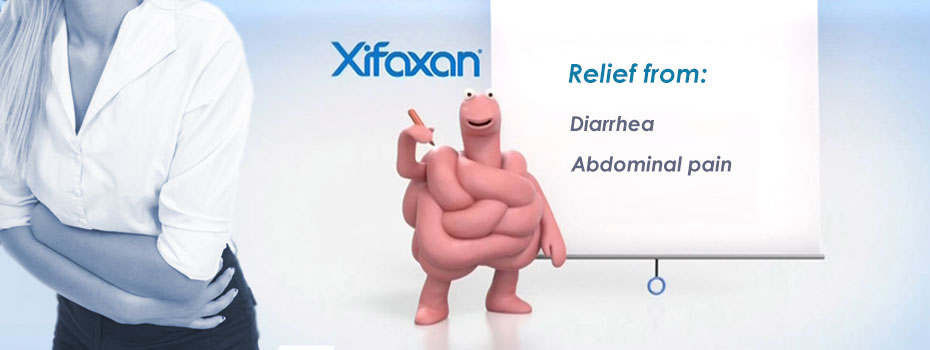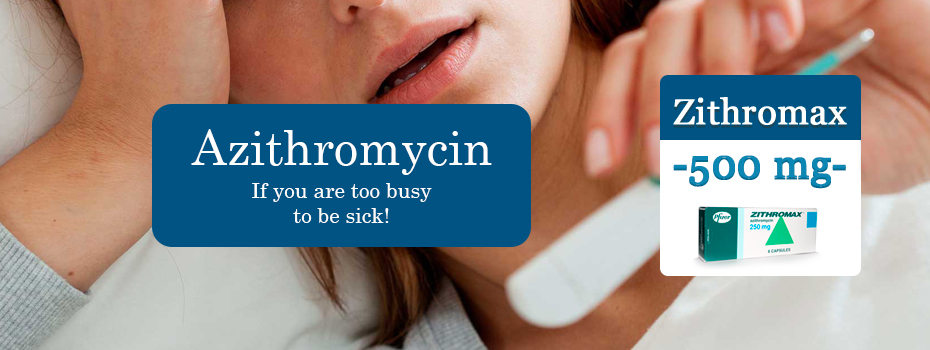Parents about antibiotics
It is possible to name second half of XX-th century safely an antibacterial era, and it won't be exaggeration: the number of the lives rescued by means of antibiotics, has stepped for a long time for billion! About their wonder-working force legends go, but also an abuse in their address it is necessary to hear not less. The matter is that the superficial knowledge provoking unjustified expectations, and so - and numerous charges of antibiotics in troubles for which they actually at all don't bear responsibility. And worst of all that antibiotics apply much more often, than it is necessary, putting that the most serious harm not only the patient, but also a society as a whole.
I am far from thought to teach parents to use independently antibiotics are a business of the doctor. But I am convinced what to understand logic of appointment of the doctor modern parents not only can, but also are obliged.
About advantage of dirty ware
The word "antibiotic" is formed of two elements of the Greek origin: anti - - contra and bios - "life". Antibiotics name formed microorganisms, the higher plants or fabrics of animal organisms the substances selectively suppressing development of microorganisms (or cages of malignant tumors).
The history of opening of the first antibiotic - penicillin - the Scottish bacteriologist Alexander Fleming in 1829 is curious: being by the nature the person careless, he very much didn't like … to wash a cup with bacteriological cultures. Each 2-3 weeks on its desktop the whole heap of dirty cups grew, and it reluctantly started clearing of "Augean stables". One of such actions has yielded the unexpected result, which scale of consequences the scientist estimate during that moment couldn't. In one of cups the mold suppressing growth inoculated of culture of a pathogenic bacterium of group staphylococcus was found out. Besides, "broth" on which the mold has expanded, has got distinctly expressed bactericidal properties under the relation to many widespread pathogenic bacteria. The mold by which the culture has been infected, concerned a kind penicillium.
In the cleared kind penicillin has been received only in 1940, i.e. later 11 years after its opening, in Great Britain. To tell that it has made revolution in medicine, - means not to tell anything. But at any medal, alas, two parties...
The medal back
Having opened so powerful weapon in struggle against pathogenic microorganisms, the mankind has run into euphoria: to what long and laboriously to select medicinal therapy if it is possible "recoil" on harmful microbes an antibiotic? But also microbes "not yesterday" - they are rather effectively protected by a bast from the terrible weapon, developing stability to it. If the antibiotic, say, blocks synthesis of proteins necessary for a microbe - the microbe in reply to it simply … changes the protein providing its ability to live. Some microorganisms manage to learn development of the enzymes destroying a antibiotic. To put it briefly, ways the set, and "smart" microbes don't neglect any of them. But the most sad consists that stability of microbes can be transferred from one kind to another by interspecific crossing! The the antibiotic, the is more often applied faster and more successfully microbes adapt to it. Arises, as you understand, a vicious circle - to break off it, scientists are compelled to enter in imposed by microbes "race of arms", creating all new and new kinds of antibiotics.
The new generation chooses...
It is by this time created more than 200 antimicrobial preparations, from them more than 150 are used for treatment of children. Their sophisticated names quite often nonplus the people who are not concerning medicine. How to understand an abundance of intricate terms? To the aid classification, as always, comes. All antibiotics share on groups - depending on a way of influence on microorganisms.
Penicillin and cephalosporins destroys a cover of a bacterial cage.
Aminoglycosides, macroleads, chloramphenicol, rifampicin and lincomycin kill bacteria, suppressing synthesis of different enzymes - everyone the.
Fluoroquinolones destroy microorganisms more "refined": enzyme suppressed by them is responsible for reproduction of microbes.
In incessant competition with microbes scientists should think out all new and new methods of struggle - each of them gives rise to new generation of corresponding group of antibiotics.
Now about names. Alas, fair confusion here reigns. The matter is that besides the cores international (so-called generic) names many antibiotics have also firm, patented by that or other concrete manufacturer (in their Russia more than 600). So, for example, the same preparation can be called amoxicillin, Ospamox and Flemoxin. How to understand? Under the law along with the patent firm name on medicine packing necessarily it is underlined also it generic the name - in small print, it is frequent in Latin (in this case - amoxycillinum).
At antibiotic appointment often speak about a preparation of the first choice and reserve antibiotic preparations. The preparation of the first choice is the that preparation which appointment is defined by the diagnosis - if the patient doesn't have stability or allergies to this medical product. In the latter case reserve preparations are usually appointed.
For that to wait and for that not to wait from antibiotics
Antibiotics are capable to cure the disease caused by bacteria, fungi and the elementary, but not viruses. For this reason is useless to expect effect from an antibiotic appointed at ARI, more precisely, the effect in such cases happens negative: the temperature keeps despite antibiotic reception - here to you and "nutrient medium" for rumor distribution about ostensibly lost efficiency of antibiotics or about general stability of microbes. Antibiotic appointment at a virus infection doesn't prevent bacterial complications. On the contrary, suppressing growth of the microbes sensitive to a preparation for example living in respiratory ways, the antibiotic facilitates settling of respiratory ways by the pathogenic bacteria steady against it easily causing complication.
Antibiotics don't suppress the inflammatory process causing lifting of temperature so "to bring down temperature" in half an hour as paracetamol, the antibiotic can't. At reception of an antibiotic temperature drop comes only in some hours or even in 1-3 days. For this reason it is impossible to give simultaneously an antibiotic and febrifugal: temperature drop from paracetamol can disguise absence of effect from an antibiotic, and in the absence of effect an antibiotic, naturally, it is necessary to replace as soon as possible.
However it is impossible to consider temperature preservation as a sign unequivocally testifying to an inefficiency of the accepted antibiotic: at times the expressed inflammatory reaction, formation of pus demand additional to antibacterial treatment (appointment of resolvents, abscess opening).
Choice for the doctor
For treatment of the diseases caused by microbes sensitive to antibiotics, preparations of the first choice usually are used. So, quinsy, an otitis, a pneumonia treat amoxicillin or smallpox, mycoplasmal an infection or a clamidiosis erythromycin or other antibiotic from group of macroleads.
Activators of intestinal infections frequently quickly develop stability to antibiotics, therefore at treatment of intestinal infections antibiotics are applied only in hard cases - usually cephalosporins 2-3rd generations or quinolones.
Infections of uric ways are caused by representatives of intestinal flora, them treat amoxicillin or, at stability of activators, reserve preparations.
How long accept an antibiotic? At the majority of sharp illnesses it give within 2-3 days after temperature drop, however there are many exceptions. So, an otitis usually treat amoxicillin no more than 7-10 days, and quinsy - not less than 10 days, differently there can be a relapse.
Tablets, syrups, ointments, drops...
Preparations are especially convenient for children in children's forms. So, a preparation amoxicillin Flemoksin Soljutab is issued in soluble tablets, it is easy to give them with milk or tea.
Dangerous friends
The dangers connected with reception of antibiotics, often exaggerate, but to remember them it is necessary always.
As antibiotics online suppress normal flora of an organism, they can cause a dysbacteriosis, i.e. reproduction of bacteria or the mushrooms not peculiar to this or that body, first of all to intestines. However only in rare instances such dysbacteriosis is dangerous: at incontinuous (1-3 weeks) treatment by antibiotics of display of a dysbacteriosis are fixed extremely seldom, besides penicillin, macroleads, cephalosporins 1st generation don't suppress growth of flora of intestines. So antifungal (nystatin) and bacterial (Bifidumbakterin, Laktobakterin) preparations are applied to the dysbacteriosis prevention only in cases of long treatment by several medical products of a wide antibacterial spectrum.
The term "dysbacteriosis", however, recently began to abuse - put it as the diagnosis, writing off on it almost any infringements of functioning of a gastroenteric path. Whether there is a harm from such abusing? Yes, as it disturbs to statement of the correct diagnosis. So, for example, for many children with food intolerance diagnose a dysbacteriosis, and then "treat" Bifidumbakterinom, usually without success. And there are analyses excrement on a dysbacteriosis much.
One more danger trapping at reception of antibiotics, - an allergy. Some people (including at chest children) have an allergy to penicillin and other preparations-antibiotics: rashes, shock reactions (the last, fortunately, meet very seldom). If at your child reaction to this or that antibiotic was already observed, it is necessary to inform on it to the doctor, and it will easily pick up replacement. Allergic reactions are especially frequent when an antibiotic give to the patient, suffering disease of not bacterial nature: the matter is that many bacterial infections as though reduce "allergic readiness" the patient that reduces risk of reaction to an antibiotic.
Aminoglycosides can cause defeat of kidneys and deafness, them without the big need them don't apply. Tetracyclines paint enamel of growing teeth, them give to children only after 8 years. Preparations fluoroquinolones to children don't appoint because of danger of infringement of growth, them give only under vital indications.
In view of all "risk factors" set forth above, the doctor necessarily estimates probability of complications and applies a preparation only when refusal of treatment is interfaced to the big degree of risk.
About antibiotics it is possible to write much, but also this short note, I hope, has helped you to understand better the basic aspects of antibacterial therapy, and it will allow to concern appointments of the doctor more meaningly.
In summary it is necessary to tell only some words about economic aspects of prescription of antibiotics. New antibiotics stand very expensively. No doubt, there are situations when their application is necessary, however I often face cases when these preparations are appointed without need, at diseases which it is possible to cure easily cheap medicines "the old sample". I agree that it is not necessary to stint if it is a question of treatment of the child. But expenditure should be reasonable! (It is possible to buy, for example, an antibiotic in the form of a syrup: syrups are expensive enough, but children accept them willingly, and to dose out a syrup or drops very conveniently.) However it doesn't mean that at a preparation choice at all it is not necessary to take into consideration business financial side. It is not necessary to hesitate to ask the doctor, in what the written out recipe and if it doesn't suit you (the expensive will manage to you or is too cheap is too quite often guards parents), look together with the doctor for replacement satisfying you. I want to repeat once again: tens preparations which are available today in drugstores, almost always allow to find the effective medicine corresponding to your possibilities.
Antibiotic is associated dysbacteriosis










